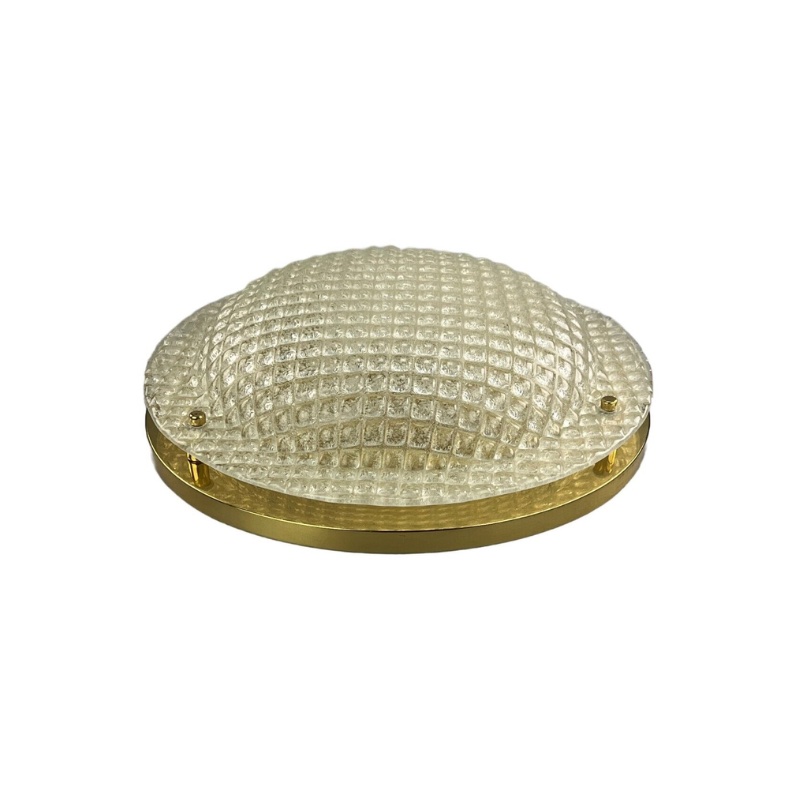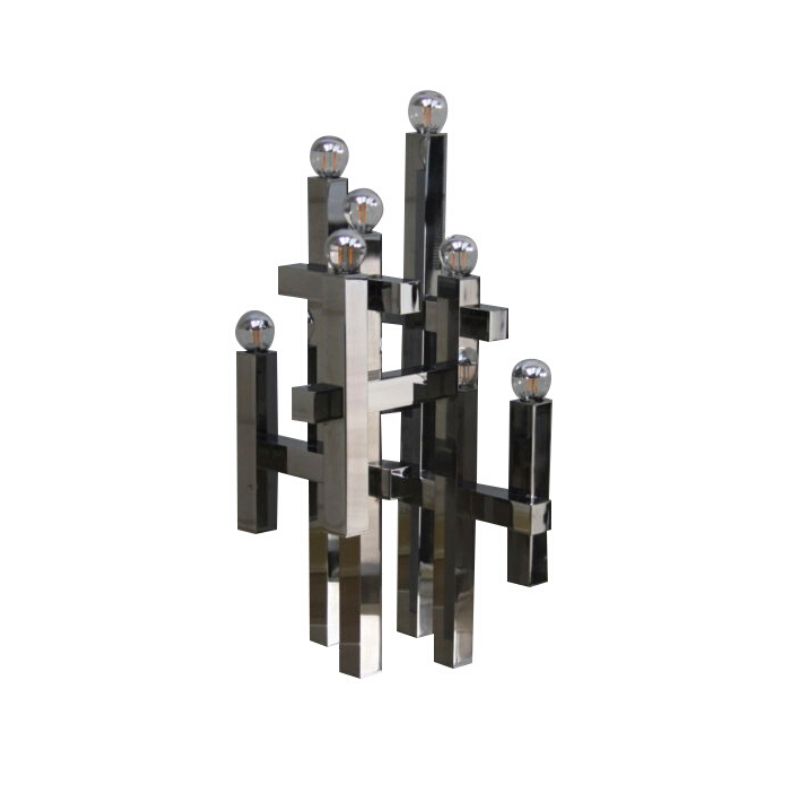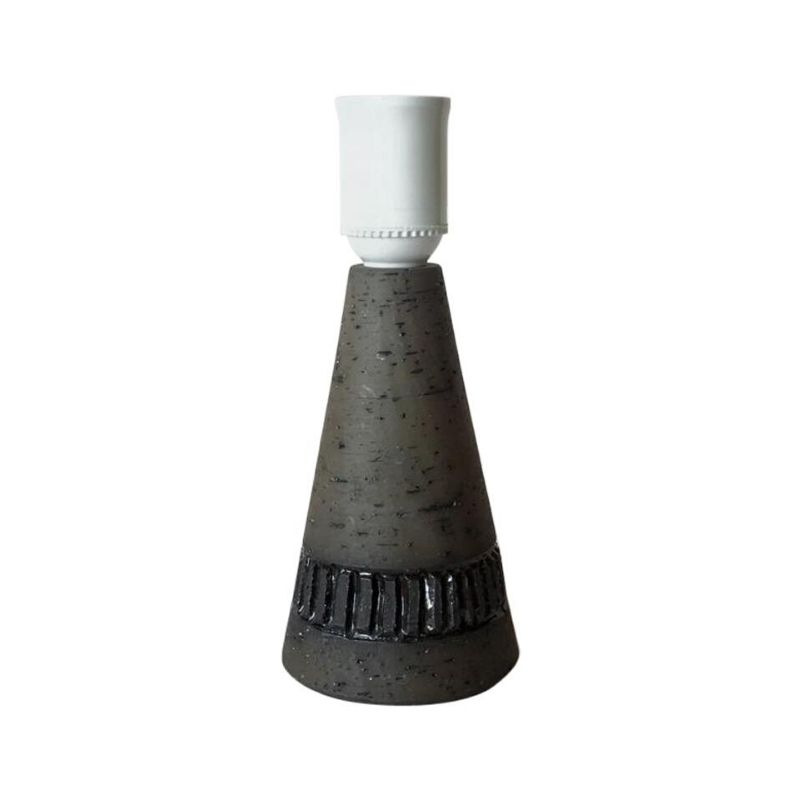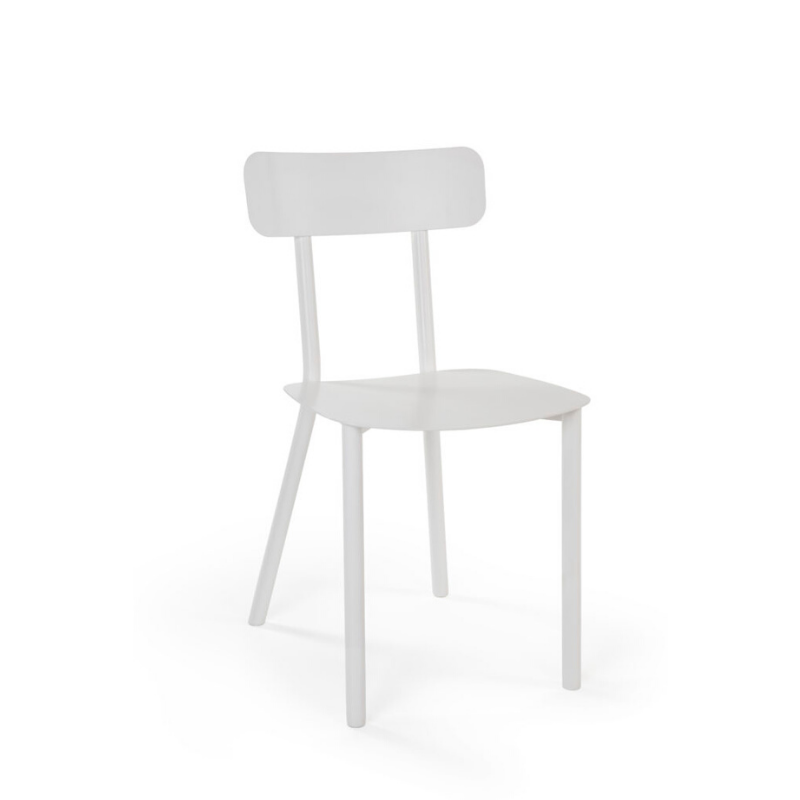with increasing obesity and a litigious culture I'm wandering about what effects this might have.
Should a coffee table be able to support the weight of a person standing on it? Where should the line be drawn? At slghtly above average weight or should we cater to everyone? If a table or other piece only has a certain load capacity how do you inform the buyer of this without implying the piece isn't structuraly sound?
Or should we just rely on the common sense of the buyer?
I know that when 'bigger...
I know that when 'bigger boned' people come to my house they always always always head straight for the chair most likely to collapse....it used to be a Gustav Siegel bentwood rocker (since retired)so now its an old Aalto cantilever..... I think its a kind of sedentary extreme sport for them, risking life and limb whilst expending no energy at all.
this is what can happen - see...
this is what can happen - see link below
http://www.theonion.com/content/node/31972
I can't resist. I have to...
I can't resist. I have to show you this comic strip drawn in 1977 by one of the greatest Belgian author, André Franquin.
Translation:
1: Ah! The prototype of our new chair!...
2: Let see... Yes, good! Excellent design
3:
- and the production cost?
- We've done miracles! Light materials...
4: Well! Let's try the comfort... Hmm yes...
5: CRAC
6: rrrrâââhh
😉
I'm actually surprised
that this topic hasn't been brought up before. Perhaps it was, but I don't immediately recall it.
Today's American is fat (sorry to be so blunt), and the children of this generation don't seem to be doing any better.
Strange though. In the world of fashion, as America got fatter, the models got skinnier. Though I'm sure there are more and more plus-size manufacturers and designers, the top fashion houses will have nothing of it.
Can the same be said of the furniture industry? I know it's not exactly the same, but the worlds of fashion and design are forever linked.
Wall-E and Fat people
Interestingly enough the new Pixar movie Wall-E has a beautiful, if unsubtle, portrayal of future generations of Earthicans.
It is funny that the discussion centers around what the designer should do, rather than what the end user should do. This in itself seems like an ingrained American trait - if something isnt working shift responsibility to the next guy. If I'm too fat to use a chair, design me a bigger chair. Not: I should diet and exercise more...
If the designer is responding simply to demand, sure - its the designers problem to create a product the people will buy.
But what about the designer as social activist? Designer as shaper of society instead of responder? The book "Nudge" gives interesting insights as to why people choose one thing over another, and how folks can be, well, nudged, in the correct decision.
http://www.amazon.com/exec/obidos/ASIN/0300122233/bookstorenow30-20
I used to collect (and still...
I used to collect (and still admire) Stickley and his great cohorts of the Arts & Crafts movement, heavy quartersawn oak in large proportions, but we are a society no doubt that moves a lot, and if a Bertoia or some similar lightweight is to break under some incomprehensible weight it's all in good fun; we can easily throw it out now and get us a new one.
I'm
I'm sure I remember a friend who worked for Habitat (I think it was) saying stuff exported to Japan was scaled down by 20%........
So one can imagine that upscaling is probably on the drawing board as (some) people get bigger and bigger..
America being the prime example..but it's happening here in the UK too........
Supersize my Design 😉
Car designers have for quite a few years...
been designing cars to fit the morphology of their primary markets. Germans are supposedly taller on average and longer legged, so their cars offer more head and leg room.
American pick up trucks have long been driven by workers with hats and hard hats, so some extra head room is included.
More specifically on this topic, American cars--including those foreign cars designed to be marketed primarily in America--are given more "ample" seats to deal with the more "ample" posteriors of many Americans, especially in the "super size it" era of fast food oligopoly.
Stretch
Stretchers used by paramedics had to be re-designed to handle obese and morbidly obese patients, enabling just one or two paramedics to treat a patient. This bas been an ever growing issue not just in the US, but worldwide.
By refusing to design for the obese and saying, "Slim down", are we simply rejecting an individual and contributing negatively even if the intentions are strongly positive? How can design facilitate a leaner lifestyle without discriminating? In otherwords, designed to lose weight....
If you need any help, please contact us at – info@designaddict.com









